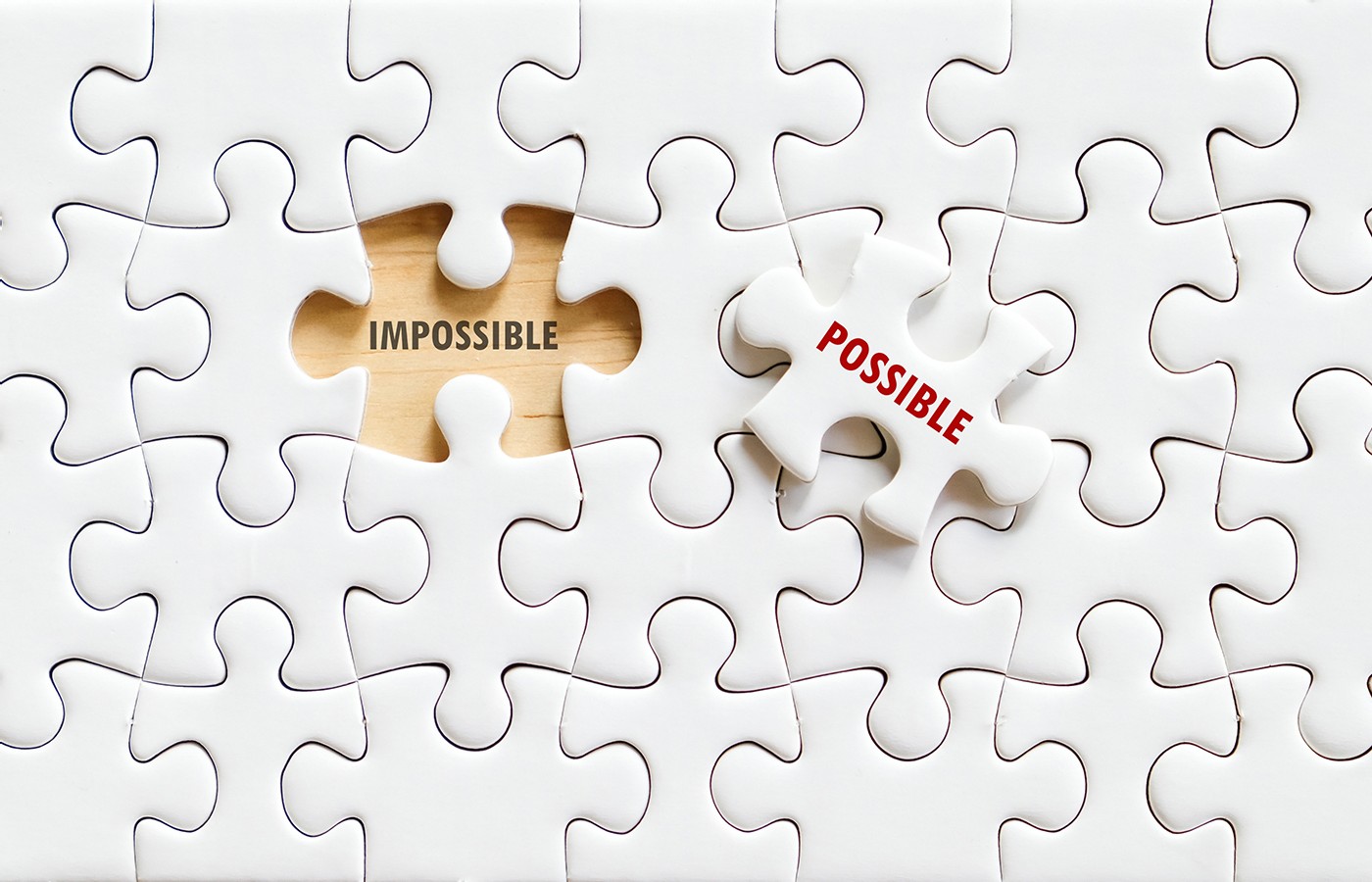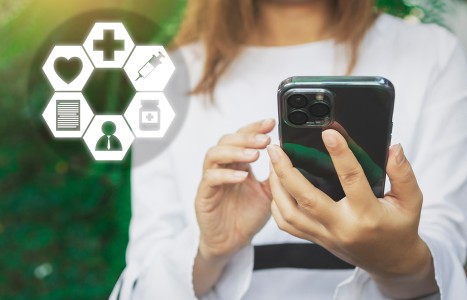People today want convenience, whether it be from their bank, credit card, favorite retail store, or restaurant. They demand it from the companies who hold their loyalty, including their health care providers (you). They don’t want to call and possibly be put on hold, and they want to use an app or schedule an appointment on your website. Here are three reasons your practice can gain by switching to online appointment scheduling.
Addressing Stubborn Fixations: Cultivating Awe With the Luo Vessels
- The Luo Vessels are the most humanistic of the acupuncture channels. They are conduits of our fixations and aversions. They mark our traumas, mental patterns and avoidances.
- Working with the Luo requires commitment and regularity. They are classically treated every other day. Quick resolution is not necessarily stressed.
- The names of the Luo points teach us that within this process lies spiritual cultivation. Working with them can be like psychoanalysis.
"In Chinese medicine there are no incurable diseases; only incurable people.” This is a favorite quote from my one of my first teachers. I recall it from my early years as an acupuncturist. This has influenced me perhaps more than anything else in my work.
I was taught to be a practitioner who rarely, if ever, gives up on a patient. As long as they want to keep working, I am willing. If they haven’t given up, this proves to me they are not an “incurable person.” It’s not always the results that matter most in our work, but the cathartic self-discovery process within the therapeutic relationship.
The Most Humanistic of Acupuncture Channels
The Luo Vessels are the most humanistic of the acupuncture channels. They are conduits of our fixations and aversions. They mark our traumas, mental patterns and avoidances. When the Nei Jing speaks of the doctor’s role in “wiping away stains,” “pulling out thorns” and “untying knots,” I often think of the Luo Vessels.
To work with the Luo is to work with our most tender human areas. They require much compassion and patience. The Luo work with blood stasis, the shen (mind and spirit) and “rebellious qi.” They also treat “hot” and “cold” diseases.
In my tradition, we see the Luo as representations of psychosomatics. They allow a great capacity for working with seemingly confounding, stubborn or mysterious conditions.
A Patient Case
I’ve been working with a patient for a few years who has benefited greatly from the Luo. She’s had many symptoms that confuse her Western doctors; yet she and I frequently achieve great results. The Luo Vessel we often return to is the stomach. She frequently revisits classic symptoms of the stomach’s Luo Vessel: weakness of the legs, rebellious qi in various forms, including a tendency toward manic-depressive episodes, both emotionally and psychosomatically.
The Nei Jing refers to manic-depressive states as dian kuang. It says the condition begins “at the eyes,” suggesting a person’s outlook can play a large part. I’ve taken this as a clue to working with the stomach’s Luo Vessel. Its classic symptom of “fullness” is mania; its “emptiness” symptom (weakness of the lower limbs) I often experience as psychosomatic depression.
The recurrence of these symptoms, alternating between “fullness” and “emptiness” of the Luo, including rebellious qi, has become our ongoing theme. We work to regulate qi and move the blood, but we also include opening the portals of perception, especially the eyes.
When she asks me repeatedly why I think she keeps having these recurring symptoms, I tell her it’s maybe due to her habitual thought patterns: her way of seeing the world. We speak of what it means to have rebellious energy. We explore her reaction to the world. Our sessions delve deep, containing cognitive as well as psychoanalytic aspects.
The Luo Vessels in Action
The Luo Vessels are classic ways to work with the shen: mind and emotions. They lend themselves to many methods of therapeutics. Each vessel instructs proper method for working with a specific vessel.
The stomach’s Luo tells us via its trajectory that it requires working with the portals of perception. As it ascends from ST 40 (Feng Long) on the lower leg, it goes into the head (arguably all of the sensory orifices) to end at a “Window to the Sky” point on the neck: ST 9 (Ren Ying). This type of point makes a statement, as these points classically impact the sensory portals on the head.
To work with the Luo is to work with the dynamics of the heart: the residence of the shen. I recall my teacher saying the heart is able to “vaporize phlegm.” This is how it heals stubborn or “hopeless” conditions. The Luo are tools by which the heart does this to work through fixated states.
Phlegm is often the image used to describe the most complicated, difficult conditions. Vaporization of phlegm can be likened to cases of miraculous healing. When something fully shifts and changes the most, however, is most often due to the diligent work we have done cultivating ourselves. The miraculous moment is merely the gift of our experience.
The Luo point of the heart is called HT 5 (Tong Li), which is popularly known by the name “Penetrating the Interior,” yet it contains the image of breaking through barriers that keep us stuck. HT 5, along with LU 7 (Lie Que; sometimes known as “Lightning Strikes”), reminds me of my own healing process.
I worked on myself for quite sometime, in spite of a mysterious and stubborn condition that had no known origination or timeline. One day, almost miraculously, my condition disappeared. Yet I was reminded that it was the perseverance and willingness to continually look at myself that fueled this process.
Working with the Luo requires commitment and regularity. They are classically treated every other day. Quick resolution is not necessarily stressed. Working with these vessels is a learning process. They treat our fixations and aversions; our habits and patterns – all of which require time and awareness to change.
As I’ve witnessed, patients often alternate between states of “fullness” (fixation/expression) and “emptiness” (avoidance/aversion) through the Luo. Symptoms resolve, then often return. There are also periods of “rebellious qi” which can be physical, emotional or psychosomatic.
Chinese medicine sees the emotional realm in the same way it sees qi. Wei qi: mood; ying qi: emotion and thought; yuan qi: constitutional nature or personality. When working with a person’s shen, we are dealing with all three levels of qi.
We clear the mood and work to express and understand (“harmonize”) the mind and emotions, We must also honor the personality-nature. There can be much back and forth within this process.
Helping Cultivate Awe
Many view the Luo merely as depositories for “latent” pathology. We may just want to dump the trash when working with the Luo. Yet the names of the Luo points teach us that within this process lies spiritual cultivation. Working with them can be like psychoanalysis. LU 7 (Lie Que) and GB 37 (Guan Ming) are two Luo Vessels with trajectories that descend. All others ascend, suggesting their role in perpetuation of “rebellious qi.”
LU 7 and GB 37 represent the process of letting go and moving on: the virtues of metal and wood. Yet they are only two of 16 Luo. I believe people let go and move on when they are ready. They will engage in the other Luo trajectories, playing our fixations, aversions and rebellion until they’ve come to a state of completion. At most, we can help speed up this process.
Perhaps the person needs to learn “awe,” the virtue of the heart, before they can allow themselves to vaporize the phlegm in their lives. Then the Luo of the lungs and gallbladder can activate to let go and move on. The miracle of healing can occur. And a seemingly impossible fixation can disappear.



